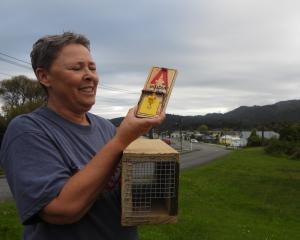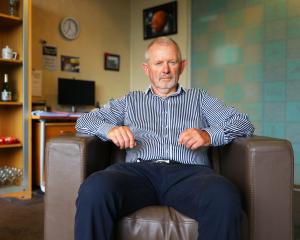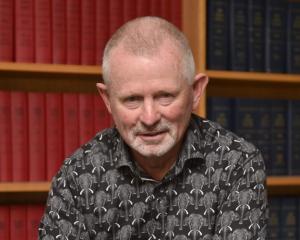Mining provisions in the proposed regional plan for the West Coast have generated the greatest amount of feedback and the widest range of views, planners say.

The draft is due to be notified in July for public submissions.
Alluvial goldmining areas are proposed, including a Barrytown mining zone in anticipation of a sand mine there gaining consent.
Principal planner Lois Easton said 67 pieces of feedback had been received on the mining section of the exposure draft; it had prompted the greatest feedback overall on the plan to date.
Based on the feedback, eight changes were recommended, including adding existing mine-related sites to the proposed mineral extraction zone: add the Karamea Lime Company, Westland Schist Quarry, the Snowy River Mine and the Globe Progress Mine (both near Reefton); remove the Barrytown mineral extraction zone from the draft; remove alluvial goldmining areas already identified in the draft at Dunganville, Kumara, Ross, Rimu, Ianthe Forest and Greenstone; seek further information from Bathurst Resources and confirm the appropriate boundary of the Buller coalfield zone; and reduce the area for mining as a permitted activity in the general rural zone to 2ha.
The planners were also recommending residential dwellings be included in the general rural zone in the 250m buffer requirements for permitted mining.
Ms Easton said the current Buller and Westland district plans had specific provisions for mining, all extraction and some prospecting requiring resource consent.
The current Grey district plan did not specifically reference mining but it was generally allowed as a permitted activity.
Larger-scale mining, such as the proposed Barrytown mineral sands mine, generally triggered a discretionary activity resource consent under the Grey district plan, she said.
The general approach to mineral extraction in the draft TTPP was to have an overarching framework to support mining.
It also sought to identify particular established mining areas via a mineral extraction special purpose zone, where mining was expected to continue longer term, Ms Easton said.
The Buller coalfield was being identified with a special purpose zone. It covers the largest historic high-quality coalmining area in New Zealand and the proposed zone encompasses land at Stockton, Denniston and Te Kuha.
Ms Easton said the shapes of mining areas for inclusion were provided by the operators/licence holders of the identified mineral extraction area, then checked and confirmed by the TTPP technical team.
Locations and the basis of mining areas already "lawfully established" had been included in a schedule of the proposed plan.
Locations where mining was not currently undertaken but had been approved by resource consent or was subject to a licence were included.
By Brendon McMahon









